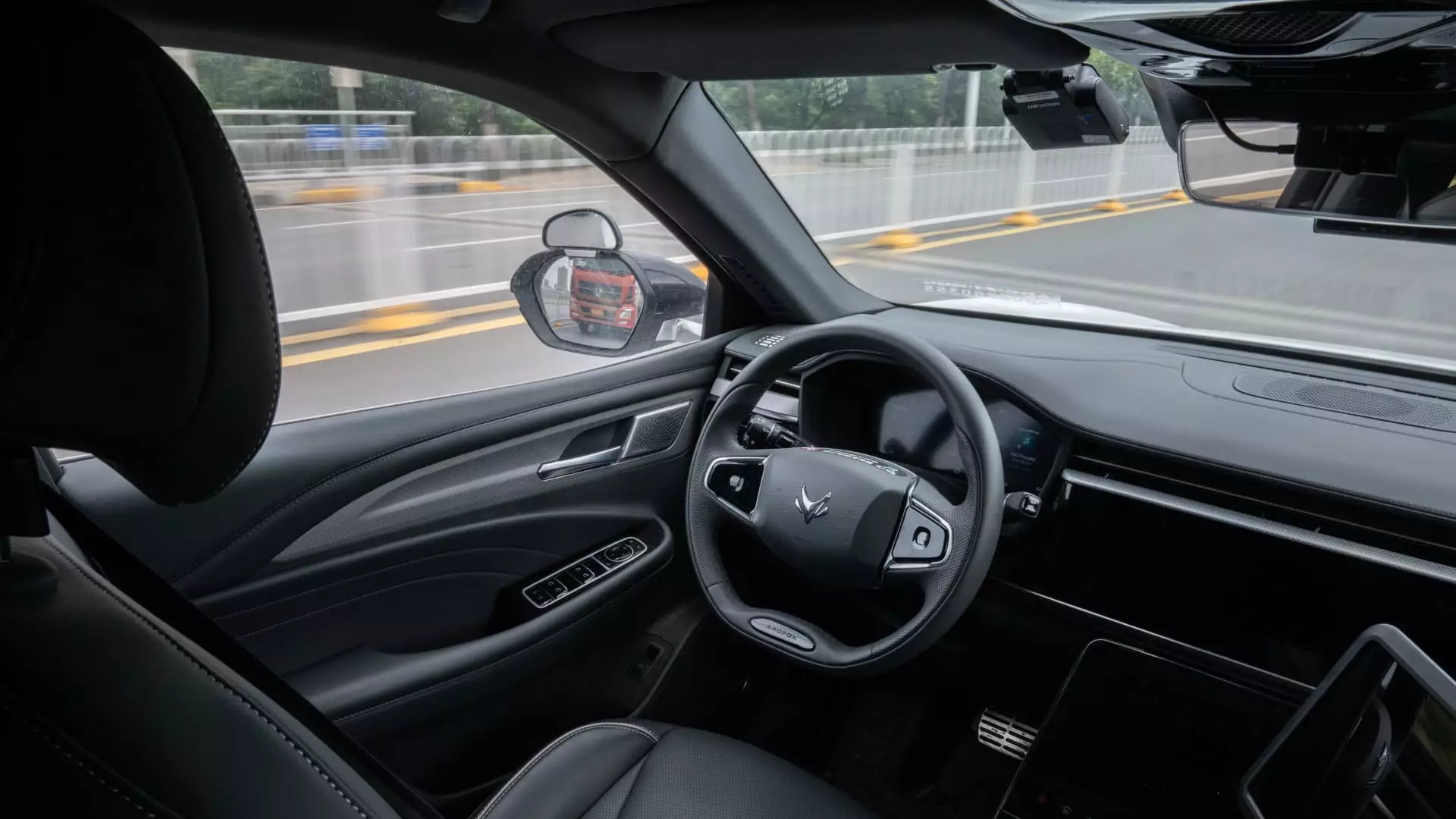China has been making significant progress in the development and adoption of robotaxis in recent years. Companies like Baidu’s Apollo Go are leading the way in offering fully autonomous taxi rides to the public. This growing trend has caught the attention of consumers, as indicated by the increasing popularity of robotaxi experiences on social media platforms like Douyin and Weibo. The rise of robotaxis in cities like Wuhan has sparked discussions about the future of transportation and the impact it may have on traditional taxi drivers.
While the introduction of robotaxis offers convenience and innovation for consumers, it has also raised concerns among taxi drivers who fear losing their livelihoods to automation. As more cities in China embrace the use of driverless vehicles, taxi drivers are facing increased competition and uncertainty about the future of their profession. The rapid adoption of robotaxis in Wuhan, where Baidu’s Apollo Go has a significant presence, highlights the urgency for taxi drivers to adapt to the changing landscape of the transportation industry.
The Chinese government has shown support for the development of robotaxis through initiatives like the promotion of cloud-connected cars and pilot programs in major cities. However, this growth has also prompted the need for regulations to address issues related to safety, employment, and market saturation. Some cities have already implemented restrictions on ride-hailing businesses to avoid oversaturation and ensure fair competition in the transportation sector. As the number of registered ride-hailing drivers continues to rise in China, it is important for policymakers to strike a balance between innovation and protecting the interests of existing taxi drivers.
The ongoing debate surrounding robotaxis in China reflects a broader discussion about the impact of automation on traditional industries. While companies like Baidu are confident in the potential of fully driverless rides, concerns remain about the implications for employment and income stability for taxi drivers. As the industry continues to evolve, it will be crucial for stakeholders to collaborate on finding solutions that benefit both consumers and workers in the transportation sector. The future of robotaxis in China will depend on how effectively policymakers, companies, and workers can navigate the challenges and opportunities presented by autonomous vehicles.
The rise of robotaxis in China presents a complex dynamic of innovation and disruption in the transportation industry. While consumers may benefit from the convenience and efficiency of driverless rides, traditional taxi drivers are facing uncertainties about their future. As the industry continues to expand and evolve, it will be essential for all stakeholders to work together to address the challenges and opportunities posed by automation. Only through collaborative efforts can China fully harness the potential of robotaxis while ensuring a fair and sustainable future for all participants in the transportation ecosystem.

